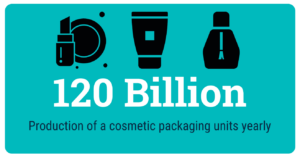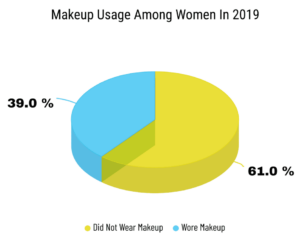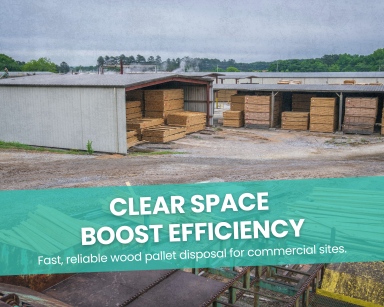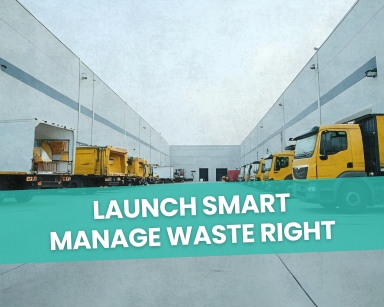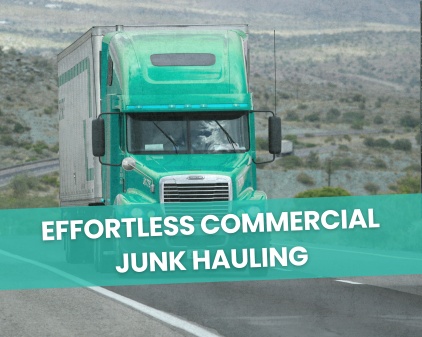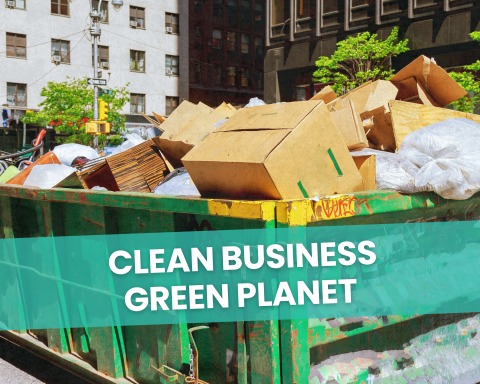How can we reduce cosmetic waste? Beauty’s Eco-Blueprint
Every year, the beauty industry generates staggering amounts of waste, much of which ends up polluting our planet. Amidst the glossy advertisements and promises of perfection, the issue of cosmetics disposal remains a glaring blind spot.
According to a report by Zero Waste Europe, the cosmetics sector produces over 120 billion units of packaging annually, contributing significantly to the global plastic crisis. This isn’t just a statistic, it’s a wake-up call.
As we lather, spritz, and powder our way to confidence, the remnants of our beauty routines are leaving a lasting impact on the environment.
This article peels back the layers of the beauty industry, exploring the hidden costs of our cosmetic consumption and shedding light on sustainable practices that can lead us towards a more beautiful, waste-free world.
Table of Contents
The Silent Echo of Every Discarded Lipstick
Every lipstick, every eyeshadow palette, and every bottle of foundation has a story. It begins with promise and ends, more often than not, in a landfill.
As per Earth.Org, while about 39% of women wore makeup in 2019, the cosmetic industry has seen a decline in its popularity. This decline is not just due to changing beauty standards but also growing awareness of the environmental and health issues associated with the cosmetic industry.
From ethical concerns over animal testing to the use of harmful chemicals, the journey of a single lipstick tube is more haunting than one might imagine.
Landfills: Beauty’s Forgotten Graveyards
Landfills are more than just dumping grounds, they are the silent witnesses to our consumption patterns. The cosmetic industry, with its excessive packaging and plastic pollution, contributes significantly to the environmental crisis.
Shockingly, beauty packaging alone amounts to a staggering billions of units each year. These aren’t just numbers, they represent the environmental scars we leave behind with every beauty product we discard.
The Redemption Song: Plastic’s Encore in Recycling
Recycling isn’t just about giving waste a second chance, it’s about reimagining its potential. The process of recycling, from categorizing to shredding, is a testament to human ingenuity.
But while brands like REN, Aveda, Lush, Herbivore, and Giorgio Armani are making strides towards sustainability, many others resort to “greenwashing” – a deceptive practice where companies falsely claim to be environmentally friendly.
As consumers, it’s crucial to be discerning and support brands that genuinely prioritize sustainability.
The Conscious Consumer: Beauty’s True Muse
The power to shape the future of the cosmetic industry lies in the hands of the consumer. By choosing sustainable brands, reducing waste, and being informed about the environmental impact of our choices, we can drive change.
Stories of individuals leading the charge, advocating for sustainable beauty, and making informed choices are a testament to the difference one person can make.
Happen Ventures: The Guardians of Beauty’s Legacy
The journey towards sustainable cosmetics disposal is fraught with complexities and challenges, both for businesses and consumers.
Adopting eco-friendly practices in the realm of beauty is not as straightforward as it seems. There are intricacies to navigate, problems to solve, and issues to address.
The Business Dilemma:
For businesses, the transition to sustainable practices requires a significant overhaul of existing systems and processes. The cost of implementing new disposal methods can be high, and there is often a lack of clear guidelines on how to properly dispose of cosmetic waste.
Additionally, the cosmetic industry is highly competitive, and companies may fear losing their market share if they shift towards more sustainable practices that could potentially increase product prices.
Consumer Confusion:
On the consumer end, there is a lack of awareness and understanding of the impact of cosmetic waste on the environment. Many are unaware of the proper ways to dispose of their beauty
products, leading to improper disposal practices that contribute to the pollution crisis.
Furthermore, consumers are often misled by greenwashing tactics employed by some companies, making it difficult to discern which brands are genuinely committed to sustainability.
The Waste-to-Energy Conundrum:
The waste-to-energy (WTE) approach, while innovative, is not without its issues. The process of converting cosmetic waste into energy requires significant resources and can lead to the emission of greenhouse gasses if not managed properly.
Additionally, not all cosmetic products are suitable for WTE conversion, leading to the exclusion of certain waste types and potentially contributing to landfill accumulation.
A Beacon of Sustainable Solutions:
In the midst of these challenges, Happen Ventures stands out as a champion of sustainable cosmetics disposal. Recognizing the issues at hand, they have adopted a holistic approach to waste management, focusing on beneficial reuse as a key solution.
Turning Waste into Community Treasures:
Happen Ventures has pioneered the concept of beneficial reuse in the cosmetic industry. We have transformed discarded beauty products into valuable resources for communities in need.
By donating unwanted products to charitable organizations, they are not only preventing these items from ending up in landfills but also contributing to social good.
This innovative approach addresses the complexities of sustainable cosmetics disposal head-on, providing a practical solution that benefits both the environment and society.
Happen Ventures’ commitment to responsible waste management and community support sets a new standard in the beauty industry, paving the way for a more sustainable and compassionate future.
Tomorrow’s Blueprint: Crafting a Beautiful, Waste-Free World
Imagine a world where beauty products uplift not just individuals but also the environment. A world where sustainability and beauty coexist. It’s not a distant dream but a vision we can collectively achieve.
By supporting eco-initiatives, making informed choices, and redefining beauty standards, we can be architects of this sustainable vision.
Conclusion
True beauty transcends appearances. It’s about making choices that reflect our values, our respect for the environment, and our commitment to a sustainable future. As we stand at the crossroads, the legacy of our beauty choices beckons. Will it be one of waste and recklessness or one of hope and sustainability? The choice is ours.

